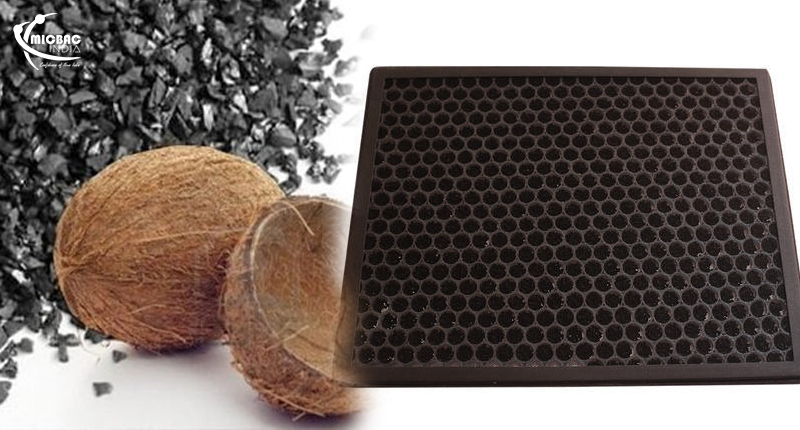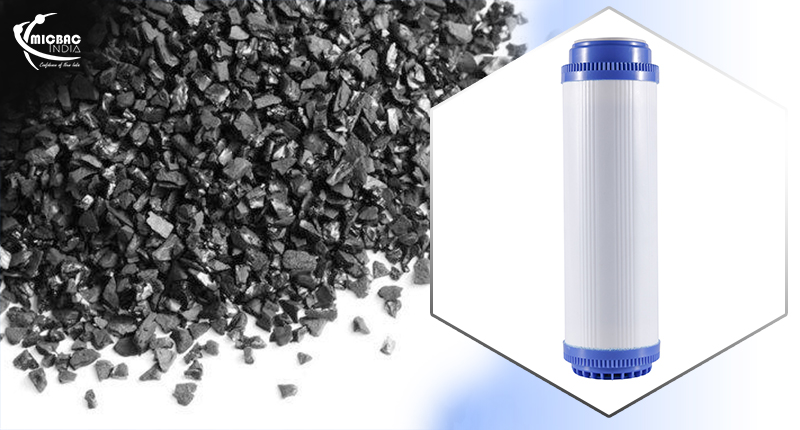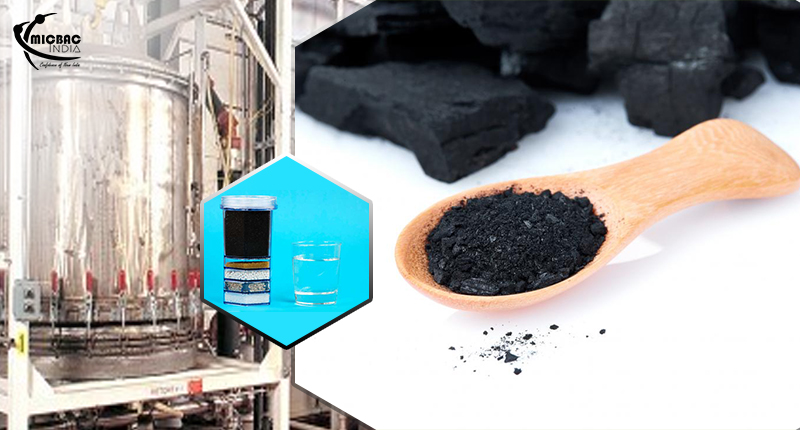Why activated carbon is used for purifying air? Well, it is simply because 1gm activated carbon offers 3000 sqmeters for capturing odorous air molecules. This surface area is equal to a football stadium. Are you confused? When oxygen and charcoalare treated together, millions of tiny pores open between carbon atoms. The activated carbon thus gets enhanced adsorption capability. With this quality, active carbon is extensively used in air and water purification.
The Process of Activation
Activation is the process of making carbon porous so that its 75% volume has empty space. Thus, carbon’s density gets reduced. This is done by passing steam to red hot charcoal. Activation can be done with the help of chemicals also, but steam generates greater porosity than chemical activation. That is why, activated carbon is being used as adsorbent. No material can develop such huge empty space by a simple process.
Different Sources of Activated Carbon
There are three grades of activated carbon according to their porosity –
- Coconut
- Coal
- Wood
Coconut carbon is produced from coconut shells by the process of activation. Coconuts have micro pores meaning their pore diameter is less than 2nm. Coal has mesopores implying their pore diameter is between 2 to 50nm and wood has pore diameter of over 50nm. Application of the different grades of carbons are also different.
Applications of Different Activated Carbon
- Molecules having micro diameter are in gaseous form as attractive force of the molecules is much less, it cannot withhold them from escaping to gaseous form. Since coconut carbon has micro pore diameter, coconut activated carbon is the best for capturing molecules and holding them firmly without allowing them to escape.
- Coal carbon has meso pore diameter and therefore, coal based activated carbon is best for absorbing vapors of low molecular liquids. That is why, it has wide usage in water purification.
- Wood carbon have macro pore diameter and are suitable for absorbing bigger molecules like dyes. So, wood based activated carbon are used for decoloring of varied liquids.
Thus, when it is about controlling odor and air purification, coconut based activated carbon is the best. For any practical purpose, activated coconut carbon should be used as filter for contaminated air. Now, to increase the adsorption capacity, chemicals are mixed with carbon because carbon is inert to chemicals. In other words, coconut carbon is the best material for odor controlling system, air purification, removal of toxic gas and disinfection management.



